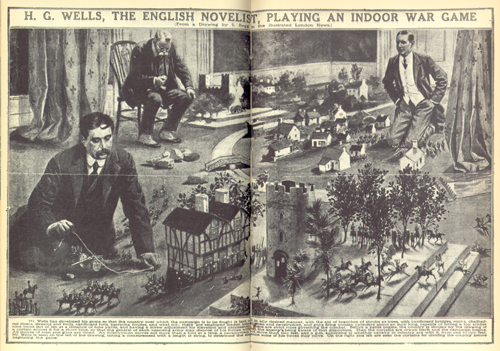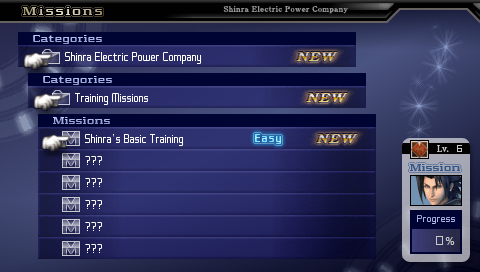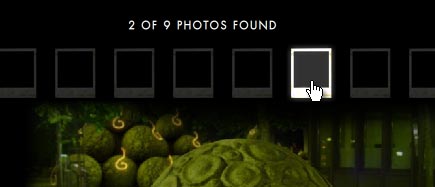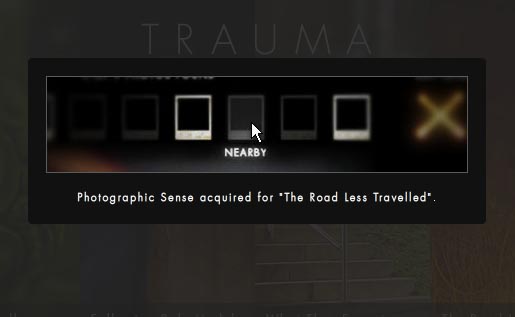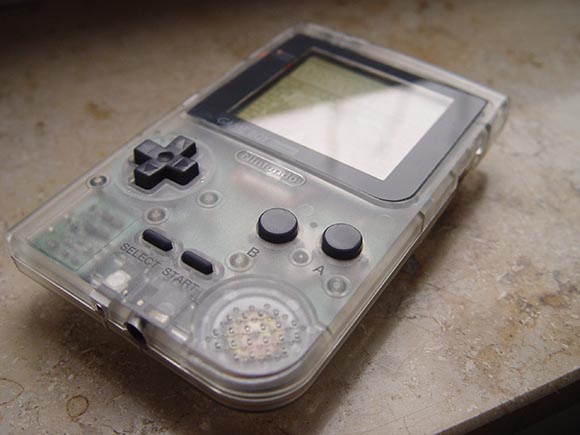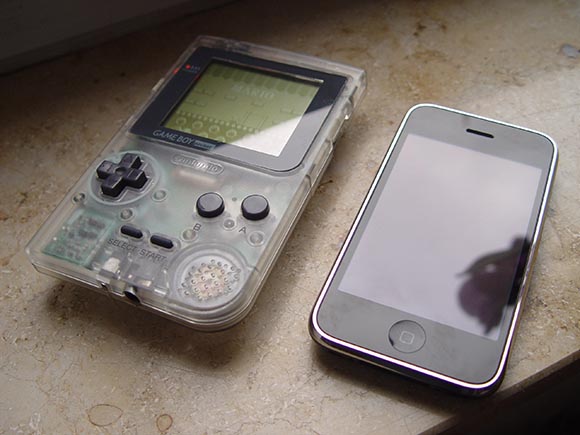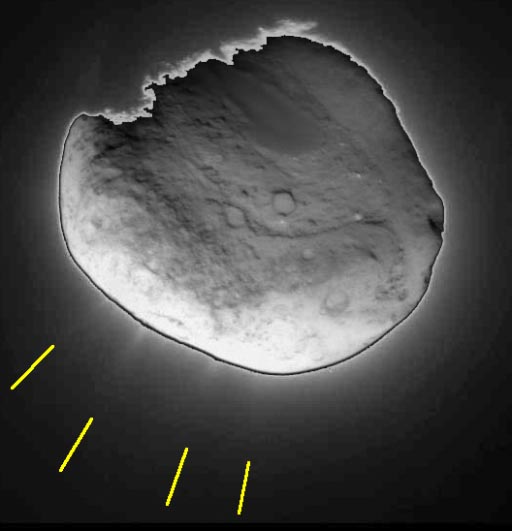We got a new coffee machine. It’s a very different coffee machine from our old one. It is simpler so it requires more work to prepare the coffee now. But it is beginning to grow on me.

Say hello to my new coffee machine. Or as I like to call it: life-support system.
I think I may need to explain. I heard that espresso machines are uniquely popular in Germany for some reason. The Germans want to have high quality coffee right there in their own home. They routinely spend hundreds of Euros for super-automatic espresso machines. Those machines accept water and fresh coffee beans and turn both into fresh, steaming coffee with just a press of a button.
My Girlfriend got one of those from her family as a graduation gift six years ago. I have learned to appreciate it. You could start an entire day just by pressing a button. Of course, it required maintenance from time to time but unlimited, easy access to the the tasty beverage was well worth it.
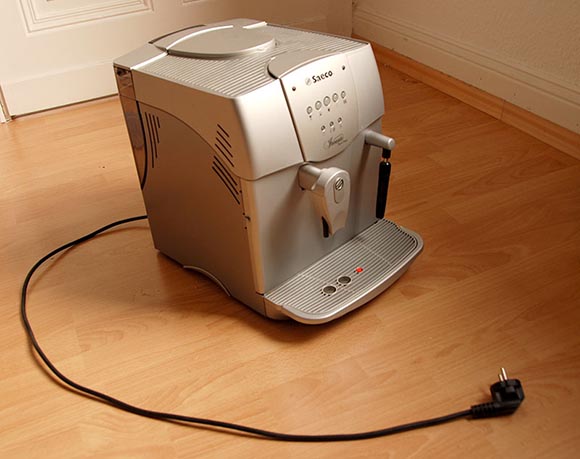
Goodbye old friend. We had a lot of fun together but it’s time for each of us to move on now.
But now it broke down. After failed attempts of resurrecting it we put the corpse on eBay and went out on a search for a replacement. The extent of this German fixation on coffee machines is troublesome. At a big technology market, a pretty sleazy salesperson suggested us a 900 EUR device, which even had it’s own little milk compartment. It could make a latte or a cappuccino all by itself. You just put in beans, water and milk. The price was outrageous. But used to the easiness of having coffee available at all times, we even started considering it. We still went to a small, old-school traditional store after all. That was some good thinking. The salesperson there painted us a totally different picture.
The super-automatic machines are generally a little bit of a scam. They often look very simple and “closed” from the outside but are quite complicated on the inside. They suggest to be fully automatic but in reality, preparing coffee is something that simply needs a certain level of attention. The machines try to shield the users from their responsibility but it comes back to haunt them eventually. The symptoms are short lifetime and especially serious hygiene problems. This was a guy, who was opening used machines on a regular basis for repairs and he has seen things which cannot be unseen.
So for us, he suggested taking the simplest one we could get. After some discussion we realized that he was trying us nudge away from a super-automatic machine at all. I was skeptical but we got ourselves a cheaper, super-basic, semi-automatic machine. It is a simple model that is apparently quite popular among coffee connoisseurs. What convinced me personally was that this particular model is being sold for over 30 years now without any significant changes. Talking about mature products!
After a few days I totally see the difference. Yes, preparing the coffee is way more complicated now. But it also makes so much more sense. The entire process is transparent and clearly visible. We are finally able to control lots of crucial variables in the preparation of the coffee. We have much better control and understanding of the outcome. The result is nothing short of spectacular.
In short, it tastes better because we are actually preparing the coffee now.
The lesson is that there are problems that simply require a certain level of human intervention. Technology can help to simplify them, but only up to a certain point before it becomes a problem in itself. It’s like in the Asimov novels where Robots eventually leave humans because they realize that their very existence is detrimental to the human condition. Or maybe more down to earth, it reminds me of this old, slightly cheesy Albert Einstein quote: “Make everything as simple as possible, but not simpler”.
